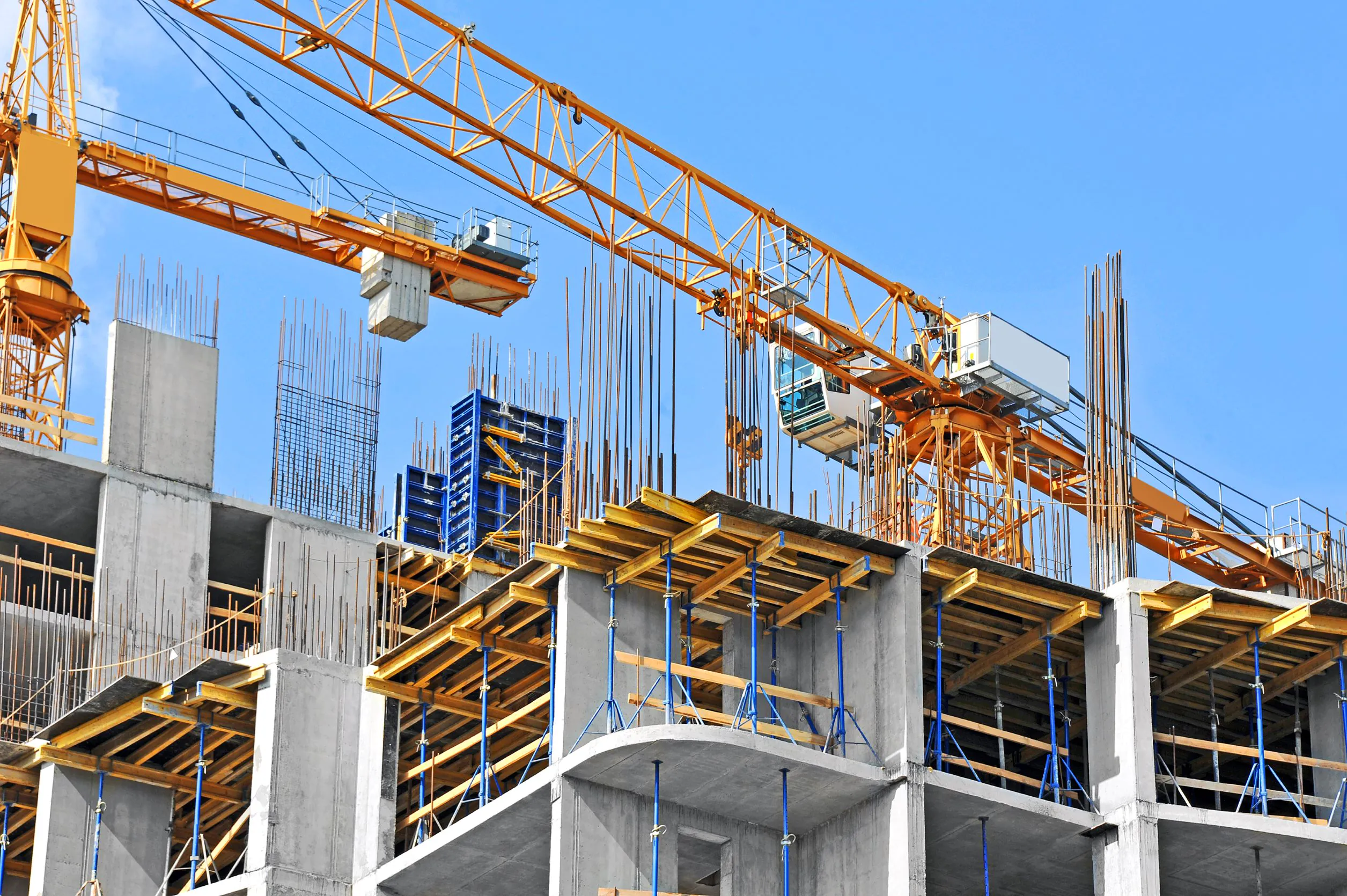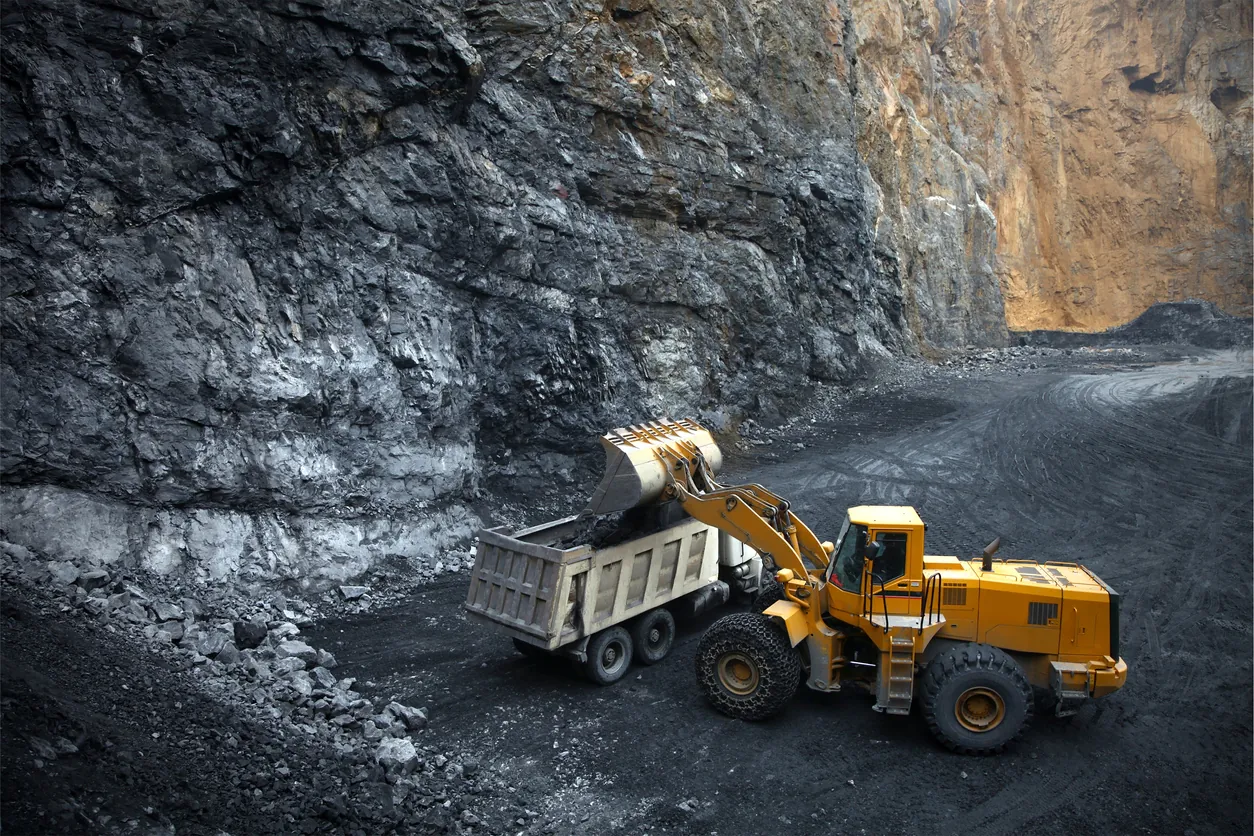Construction Industry Overview
The future is looking up for the global construction industry. Like most sectors, construction struggled in 2020 and continues to face challenges today, but growth is still in the cards for the largest industry in the world. While commercial construction continues to falter, residential and infrastructure construction projects are on the rise despite the setbacks caused by the global pandemic.
The global construction industry was estimated at US$10.7 trillion in 2020 according to Oxford Economics, with over half of that value coming from emerging markets. It’s expected to grow by US$4.5 trillion over the course of the decade to reach a total of US$15.2 trillion by 2030, with China, India, the US, and Indonesia together accounting for close to 60% of said growth. As the market grows, construction industry trends grow and change as well.
Access Free Construction Industry Insights
Construction Industry Trends to Watch in 2022
While growth looks promising for the industry, the world is currently still facing challenges brought on by COVID-19, and construction companies are no exception. Businesses continue to change and adapt in order to deal with issues such as supply chain shortages and delays, heightened safety regulations, labor shortages, rising costs, and more. Because of this, certain construction industry trends are picking up steam and new ones are emerging as construction companies seek to increase their efficiency and control expenses. Here are some of the trends that construction suppliers and buyers should keep an eye on in 2022.
Wearable Construction Technology
Wearable technology is becoming increasingly popular in the construction industry. Construction safety and efficiency are more important subjects than ever during the global pandemic, and wearables offer the opportunity to improve both. Hard hats, boots, watches, and more are being adopted by construction companies globally.
Smart hard hats have the ability to track and improve worker wellbeing by monitoring vital signs for indications of fatigue and signalling the need for breaks. Given the dangerous conditions that construction workers operate in, managing fatigue is important to preventing accidents and mistakes. Hard hats can also be equipped with sensors to detect proximity to heavy equipment, which can also help prevent accidents on site. Examples of companies that offer smart hard hats include SmartCap and WakeCap.
Smart boots can include features such as pressure detection and location sensing, allowing them to detect accidents and call for help to the worker’s location. This helps with construction safety management for workers operating alone or in unsafe areas. SolePower and Intellinium are two companies offering smart boot products.
Similarly to smart hard hats and boots, smart watches can track worker health, detect falls, and send alerts to other workers or to emergency services. These devices can monitor heart rates, step counts, and sometimes other vital signs as well, helping to prevent overexertion and other health risks. They also provide an option for hands-free communication, improving safety for workers who need to have their hands free.
Smart glasses can also be useful tools on construction sites, allowing workers to use augmented reality features in order to view information on safety protocols, hazardous materials, and more. They can also help prevent falls by detecting edges around construction sites.
Other wearables can attach to a worker’s body or clothing in order to monitor vital signs or detect hazards such as dangerous gases. On a larger scale, exoskeletons can help workers safely lift heavy objects and operate tools, augmenting the person’s physical capabilities and reducing fatigue. Wearables benefit construction companies not only by reducing accidents and safety hazards, but also by attracting a dedicated workforce. As the industry continues to face labor shortages and unions gain influence, advanced safety features can be key to hiring good workers and minimizing turnover during the pandemic.
Drones and Other Advanced Equipment
Drones are highly useful tools for the construction industry, a sector in which usage is increasing by well over 200% year-over-year. They allow businesses to monitor construction sites remotely, as well as map large areas for future projects. Drones can perform tasks in unsafe environments, allowing workers to operate them at a distance and to better maintain physical distancing during the pandemic. They can also reduce waste by accurately measuring materials on construction sites.
Other technology that construction companies are adopting includes robotic arms and other devices that can perform tasks such as brick-laying; self-driving construction vehicles; and a variety of software tools to help with everything from scheduling and budgeting to remote meetings, 3D visualizations and simulations, and safety training. As the COVID-19 pandemic continues, tools that allow for remote planning and communications are vital, as are data collection and analytics that can improve operational efficiency and reduce costs. The adoption of advanced technology is a construction industry trend that both suppliers and buyers should be aware of.
Smart Cities and the Internet of Things
Smart cities are a swiftly growing industry, with spending estimated at US$124 billion in 2020. Several tech companies and other industry giants are investing heavily in these projects, and IDC predicts that smart city investments will hit US$203 billion by 2024. As these projects grow in number and scope, they will impact construction materials and processes. The Internet of Things (IoT) and other technologies are integrated into these projects from the beginning, and builders will need to consider factors such as autonomous vehicles and smart buildings when sourcing materials and constructing infrastructure.
Modular Construction
Modular construction and prefabrication are popular strategies in the industry right now, and that popularity will continue over the coming years. According to Markets and Markets, the modular construction industry was valued at over US$82 billion in 2020 and will be worth more than US$108 billion by 2025. Assembling components at a dedicated site can reduce material and shipping costs, reduce waste, shorten timelines, and allow for greater control over the environment in which the work is done. Healthcare, hospitality, and multifamily residential structures are the most common sectors to benefit from modular construction.
Innovative and Eco-friendly Materials
In order to reduce material costs and meet sustainability targets, companies are developing a variety of new building materials. While some of these materials may have a higher up-front cost, they result in better savings in the long run.
Concrete, for example, is seeing a variety of innovations, including features such as self-healing and light-generating abilities, as well as bendable concrete and even living materials. Engineered Cementitious Composite (ECC) is concrete that can bend without breaking, and is stronger and more crack-resistant than regular concrete. It uses less cement to make and is more environmentally friendly. Another new material, biocement, is grown rather than manufactured, and has the ability to absorb CO2.
Other types of innovative materials include engineered timber that can rival steel and concrete, 3D-printed materials, transparent aluminum, invisible solar cells, and more. This construction industry trend may still be young, but as the global focus on sustainability grows, demand for materials such as these will rise as well.
Find Material Suppliers on BizVibe
These are just a few of the construction industry trends to look out for in 2022. While controlling costs and maintaining a reliable workforce are key concerns for construction businesses, technological innovations and advancements in sustainability are also important considerations. In today’s environment, adopting new technology will be key to operating safely and successfully.
Find Construction Suppliers and Buyers in Key Industry Categories
- Residential Building Construction
- Non-residential Building Construction
- Utility System Construction
- Land Subdivision
- Heavy and Civil Engineering Construction
- Foundation, Structure, and Building Exterior Contractors
- Building Equipment Contractors
- Highway, Street, and Bridge Construction
- Building Finishing Contractors
- Specialty Trade Contractors
Discover 30M+ company profiles from 200+ countries on BizVibe



